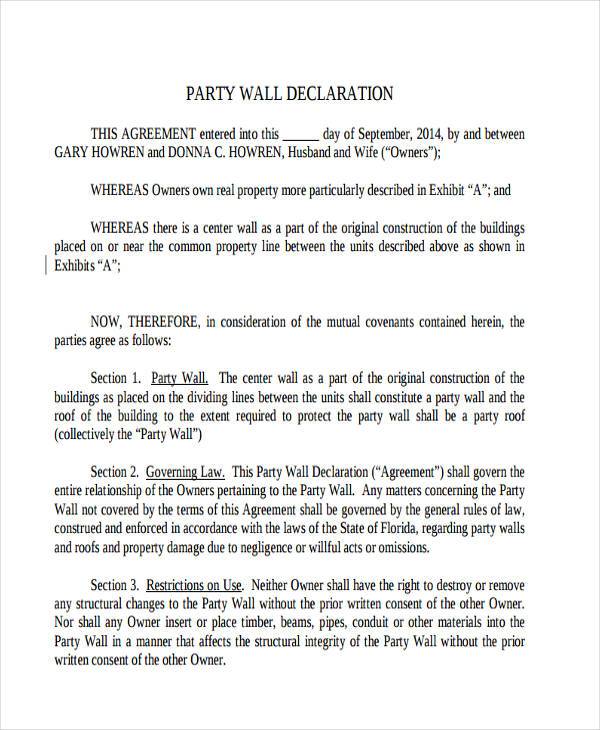
August 8, 2024
Guide To Boost Concrete Keeping Wall Drain
Drain Systems In Retaining Walls: Protecting Against Water Damages Maintain checking out to discover why drainage is critical for your keeping wall surface's honesty and just how to stop typical drainage-related issues. Maintaining wall surfaces offer both functional and visual functions in exterior areas, but their performance depends heavily on appropriate water drainage. Without adequate drainage, water accumulation behind the wall can bring about hydrostatic stress, threatening structural honesty and triggering soil erosion. Looking into the dynamics of drain introduces a diverse communication between surface water, groundwater, and the dirt retained behind the wall surface. It's not just concerning avoiding damp dirt; it has to do with understanding the fragile balance that, when interrupted, can bring about retaining wall surface failing. A reliable drain system including a global wall drainpipe and tactically positioned weep openings comes to be the cornerstone in this vibrant partnership.Lane Construction Extends Austin Toll Road : CEG - Construction Equipment Guide
Lane Construction Extends Austin Toll Road : CEG.

Posted: Wed, 24 Aug 2022 07:00:00 GMT [source]
Advantages Of Normal Upkeep:
Early detection of preserving wall problems makes certain timely fixings, averting additional destruction and feasible architectural failing. The drainage strategy need to adjust to different wall surface styles, whether they entail taller wall surfaces, straight wall surfaces, or tiered block arrangements. Each style postures its own obstacles, such as the capacity for water build-up behind taller walls or the need for effective drainage in tiered block setups. Without proper drainage systems, water can build up behind the wall surface, exerting pressure on the structure. Call West Hills Masonry today to speak with our expert hardscape contractors.Research Preserving Wallsbrowse Images And Obtain Preserving Wall Concepts
Retaining walls function best when integrated with various other drain options, such as French drains pipes, to take care of water efficiently. Suitable activities may consist of cleaning wall drain systems to prevent obstructions and clogging. A well-thought-out water drainage plan takes these style features into account to prevent concerns and preserve the structural integrity of the keeping wall.- Poor drainage style can bring about ineffective water administration and wall surface failing.
- A permeable preserving wall is a maintaining wall that allows water to leak with the wall.
- Regrettably, an attractive wall surface can fail due to the fact that crucial elements of the maintaining wall system have actually been left out.
Just how do I stop my preserving wall from leaking?
In summary, both polyurethane foam shot and structural epoxy injection work repair service approaches for retaining walls. Polyurethane foam injection is a very effective method for preventing water seepage, stopping energetic water flow, and successfully and permanently sealing cracks.

Social Links